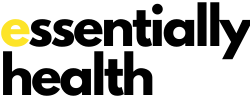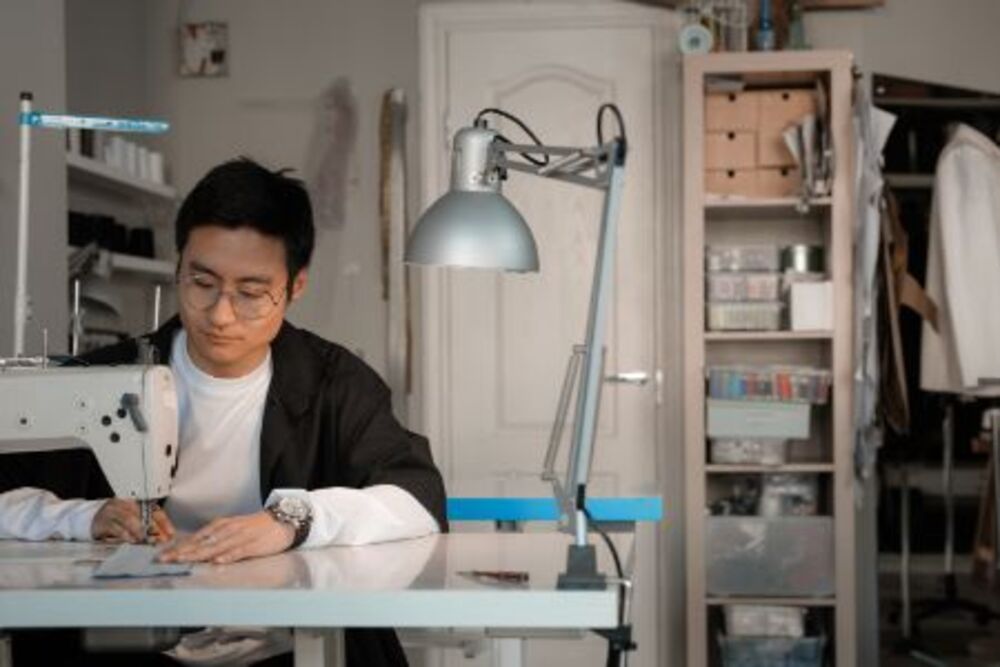As a beginner to sewing, it can be confusing to understand all the various types of sewing machines available to you. Some experts divide them according to domestic versus industrial models while others categorize them according to motor strength.
There are also more specialized sewing machines, like bar tacking machines or button hole machines, available to create professional-looking seams and hems.
Domestic
Domestic machines are tailored specifically for home use by sewing enthusiasts. They typically come equipped with various stitches that can accommodate most fabric types, as well as smaller motors that run for several hours before needing fueling again. Check out for embroidery machine for beginners.
Hobby machines aren’t designed to handle extensive sewing sessions or long periods, rather they are intended to help hobbyists complete a few projects each week. Your decision of which machine best meets your needs will depend on which features and stitch type will be most frequently utilized by you.
Bernina, Janome and Pfaff all produce domestic sewing machines suitable for domestic use. Some models also feature serger options that are useful when sewing stretch knit fabrics like stretch knits or fleece; additionally this feature may help ensure neat edges when quilting for an exceptionally professional result.
Industrial
Industrial sewing machines are specifically engineered to handle larger, thicker fabrics than their domestic counterparts, making them suitable for mass production in businesses and factories. A high-quality machine designed for prolonged performance will be necessary.
Industrial sewing machines come in two main varieties – flatbed and cylinder models. Both machines can accommodate various stitch types, though certain machines require the use of an additional puller feed in order to sew thick materials such as leather or upholstery.
Flatbed models of industrial sewing machines are the most widely used. Reminiscent of traditional machines, these have a flat base designed to support fabric being sewn. There are various feed mechanisms available; most commonly these have drop feed mechanisms with toothed segments called feed dogs that sandwich fabric between segments for sewn stitches. Other models feature narrow cylindrical bases suitable for tubular items like cuffs and shoes.
Heavy-Duty
Heavy-duty sewing machines can handle various fabrics such as leather and denim with ease. They tend to be more sturdy and powerful than regular models, often featuring a solid steel frame that helps it work through thick fabrics without overworking its motor and provides stability for the machine. Their simple designs often make them easier for beginners to use; many come equipped with features like automatic needle threading and built-in storage compartments as well as tote bags, roller bags or carry cases for easy portability.
Sometimes a regular sewing machine just isn’t up to the task at hand, due to fabric type or project size or working with hardy or unusual materials. When this occurs, investing in a heavy-duty model would be wise as these models are built more robustly than domestic versions and allow extended sewing without overworking their motor.
Quilting
Quilting requires several layers of fabric that must be sewn together using stitch designs not available on domestic sewing machines; luckily, there are special foot accessories that can make this easier for you.
Domestic sewing machines typically utilize lockstitch, the standard stitch performed on most home and industrial sewing machines. This technique involves two threads–one from the needle and another from a bobbin or shuttle–that interlock to form a loop and form an invisible stitch line.
While many domestic sewing machines can handle blanket stitches, for maximum creativity and versatility you should search for one with more stitches and the ability to accommodate beefier thread spool sizes such as cone size spools as well as embroidery capabilities. These features will allow your creations to reach new heights.

